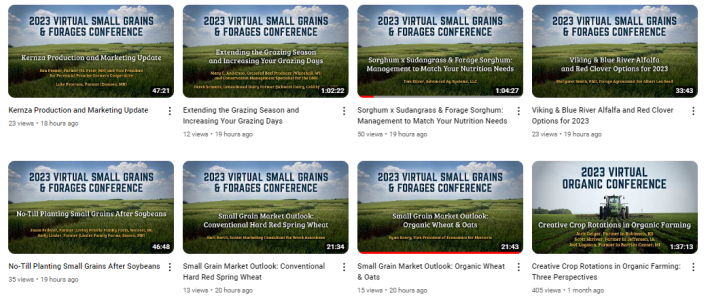omicron1792
5 year old buck +
That’s good stuff. I align with your thoughts exactly.I’ve limed spots I’ve cleared with the saw for the purpose of releasing and regenerating browse and cover. I can’t say it’s made a huge difference because the plants that were there were already naturally best fit for that spot. It certainly hasn’t hurt though.
I still lime when I start a new plot. Every spot I’ve ever tested (that wasn’t wet) had a starting pH of 5.5-5.6. I also lime when I see an aggressive pocket of horsetail. Jury is still out on whether high rates of calcium can weaken sedge in aerobic soil.
If we plant something and it germinates and just doesn’t look good or come very fast, it’s easy to jump to the conclusion that the pH is too low. In really good soils it isn’t such a big issue because a person can get by on OM mineralization. In low OM, cold, or dry soils, it can leave ya scratching your head.
Fallow syndrome is diagnosed when we see purple plants after emergence. It’s an accurate diagnosis, but the impacts of fallow syndrome are far greater than a shortage of phosphorus. A large part of the biological nutrient cycle is currently off-line. The purple leaves are the one symptom we can see. This is why, coming off a fallow, starter fertilizer has to be placed so close that the seed root can reach it on the little fuel that came with the seed, but not so close that it burns the roots.
Sent from my iPhone using Tapatalk
It seems that usable calcium and nutrients are more important than total amount. Soil microbes and proper plants make those nutrients available. Most soils have plenty of nutrients that just can’t be accessed.
If I was planting crops for money I can see doing everything possible to maximize yield. For my food plots I want to do everything possible to let the plants and environment do this for Me.

